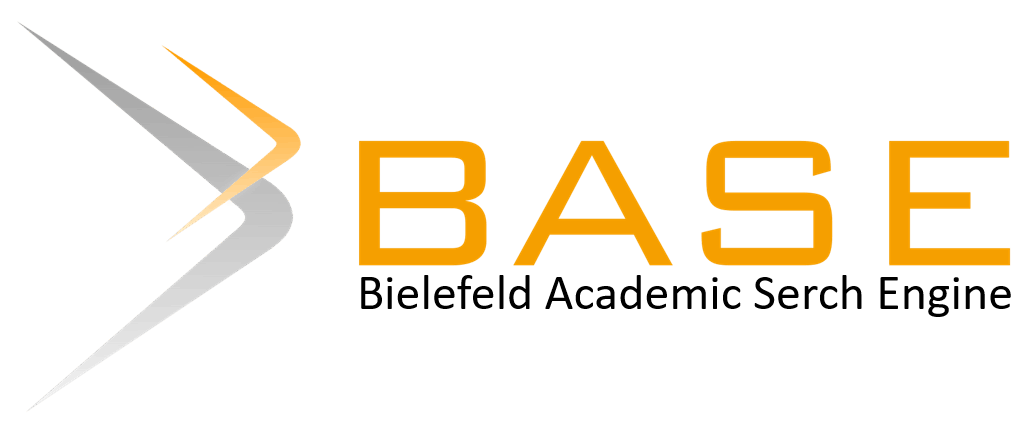The effect of science technology engineering mathematics (STEM) learning on respiratory system topic on students’ numerical ability
Abstract
The purpose of this study was to analyze the effect of STEM learning on students' numeracy skills. STEM learning was carried out through the activity of making a UV sterilizer prototype in one class with six groups in it. Data collection was carried out before, during, and after learning. The instruments used were written tests of numeracy skills, observation sheets, and students’ questionnaires response. The effect of learning was tested through paired sample t-test and N-gain. Data collection was carried out in one class of XI IPA at Senior High School in Bandung with 21 participating students. The results showed that STEM learning had an effect on numeracy skills, with significant results (t (21) = -5.87, p = 0.00), and moderate increase (N-gain = 0.46).
Keywords
Full Text:
PDFReferences
Abidin, Z., Utomo, A. C., Pratiwi, V., & Farokhah, L. (2020). Project-Based learning-literacy n improving students’ mathematical reasoning abilities in Elementary Schools. JMIE (Journal of Madrasah Ibtidaiyah Education), 4(1), 39-52.
Aisyah, N., Supriatno, B., Saepudin, S., & Anggraeni, S. (2017). Improving middle school students’ quantitative literacy through inquiry lab and group investigation. Journal of Physics: Conference Series, 812(1), 1-6.
Apriyani, W., & Suhartini, S. (2019). The effectiveness of student worksheet development based on problem-based learning in respiratory system material to improve high school students’ quantitative literacy. Journal of Physics: Conference Series, 1397(1), 1-9.
Asikin, M., Nurhidayat, M. F., & Ardiansyah, A. S. (2021). Development of STEM-nuanced textbook to improve students’ mathematical communication skill. Journal of Physics: Conference Series. 1918(4), 1-6.
Botts, R. T., Carter, L., & Crockett, C. (2018). Using the blended learning approach in a quantitative literacy course. Primus, 28(3), 236–265.
Kelley, T. R., & Knowles, J. G. (2016). A conceptual framework for integrated STEM education. International Journal of STEM education, 3(11), 1-11.
Kennedy, T. J., & Odell, M. R. L. (2014). Engaging students in STEM education. Science Education International, 25(3), 246–258.
Khaeroningtyas, N., Permanasari, A., & Hamidah, I. (2016). STEM learning in material of temperature and its change to improve scientific literacy of junior high school. Jurnal Pendidikan IPA Indonesia, 5(1), 94-100.
Laksana, D. N. L. (2020). Implementation of online learning in the pandemic COVID-19: Student perception in areas with minimum internet access. Journal of Education Technology, 4(4), 502-509.
Lestari, H., Rahmawati, I., Siskandar, R., & Dafenta, H. (2021). Implementation of blended learning with a STEM approach to improve student scientific literacy skills during the COVID-19 pandemic. Jurnal Penelitian Pendidikan IPA, 7(2), 224-231.
Lestari, I. F. (2019). Pendekatan Science, Technology, Engineering, and Mathematics (STEM) untuk meningkatkan kemampuan pemecahan masalah fisika siswa pada konsep tekanan hidrostatis. Jurnal Pendidikan UNIGA, 13(1), 215-221.
Prince, R., & Frith, V. (2017). The quantitative literacy of South African school-leavers who qualify for higher education. Pythagoras, 38(1), 1–14.
Pramestika, N. P. D., Wulandari, I. G. A. A., & Sujana, I. W. (2020). Enhancement of mathematics critical thinking skills through problem-based learning assisted with concrete media. Journal of Education Technology, 4(3), 254-263.
Putra, P., & Ikhsan, M. (2019). Mathematical reasoning ability and learning independence of high school students through problem-based learning model. International Journal for Educational and Vocational Studies, 1(3), 217-223.
Rakhmawati, Y., & Mustadi, A. (2022). The circumstances of literacy numeracy skill: Between notion and fact from elementary school students. Jurnal Prima Edukasia, 10(1), 9-18.
Struyf, A., De Loof, H., Boeve-de Pauw, J., & Van Petegem, P. (2019). Students’ engagement in different STEM learning environments: Integrated STEM education as promising practice?. International Journal of Science Education, 41(10), 1387-1407.
Yamtinah, S., Utami, B., Masykuri, M., Mulyani, B., Ulfa, M., & Shidiq, A. S. (2022). Secondary school science teacher response to minimum competency assessment: Challenges and opportunities. Jurnal Penelitian Pendidikan IPA, 8(1), 124-131.
Yang, D., Baek, Y., Ching, Y. H., Swanson, S., Chittoori, B., & Wang, S. (2021). Infusing computational thinking in an integrated STEM curriculum: User reactions and lessons learned. European Journal of STEM Education, 6(1), 1-14.
DOI: https://doi.org/10.17509/aijbe.v5i2.50478
Refbacks
- There are currently no refbacks.
 AIJBE is under Creative Commons Attribution-ShareAlike 4.0 International License
AIJBE is under Creative Commons Attribution-ShareAlike 4.0 International License









